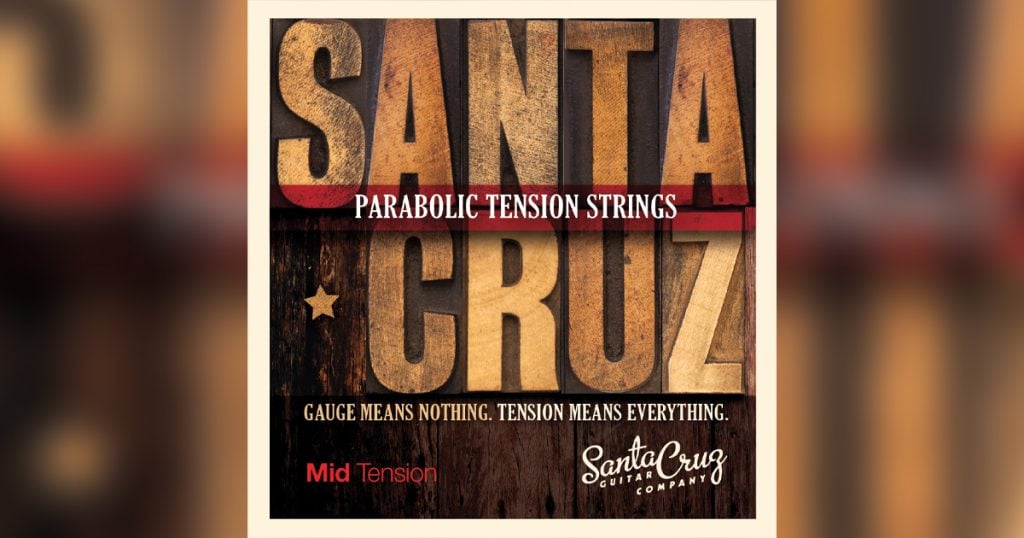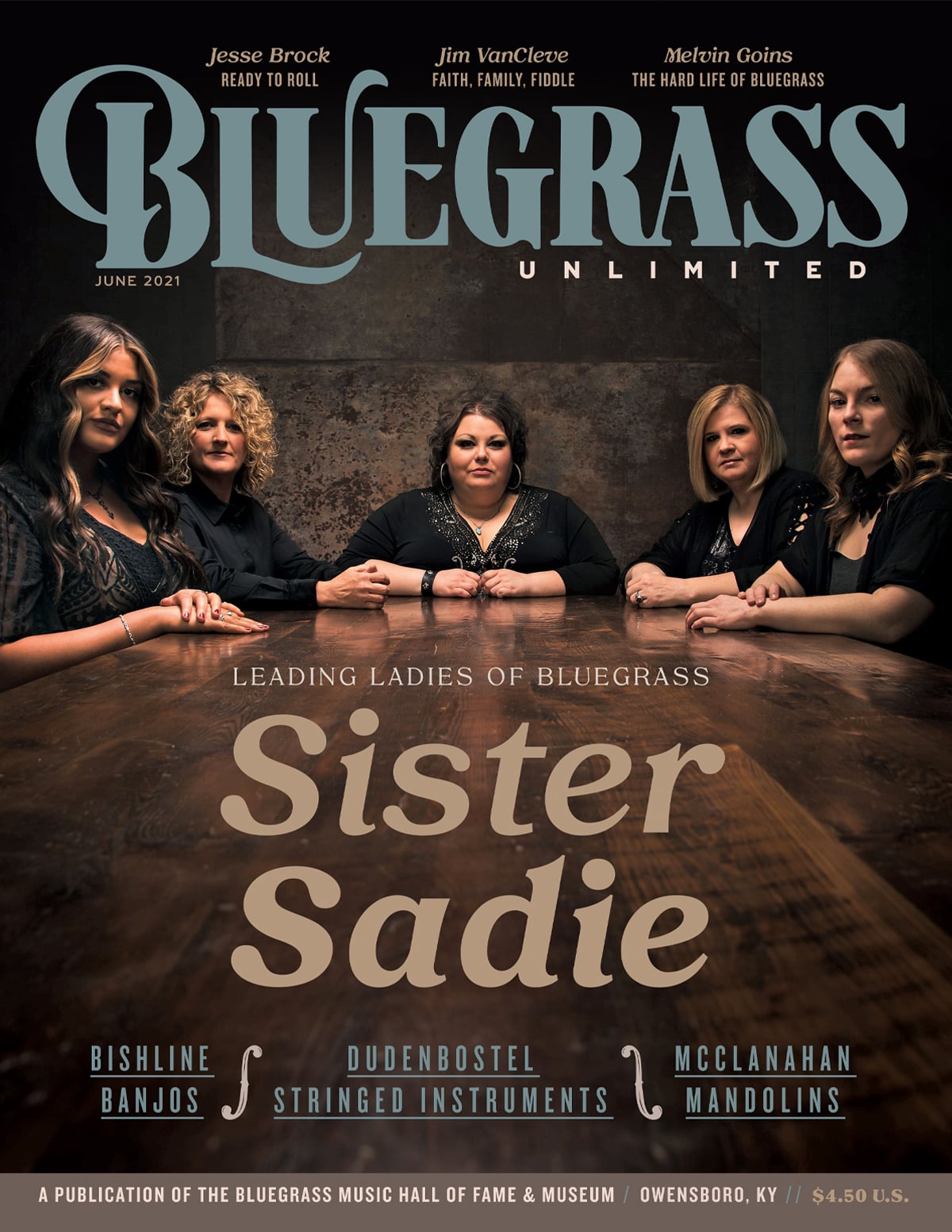Santa Cruz Guitar Company Parabolic Tension Strings
Wound metal instrument strings pose many challenges to a string manufacturer. Issues such as overall diameter (gauge), the ratio between the core and wrap wires, composition of both core (hex or round) and wrap metals, and more variables create a calculus of possibilities even Newton might struggle to describe mathematically. Two strings of identical gauge can have drastically different tensions based on multiple variables, all of which affect the EQ, loudness and playability of a guitar.
At the heart of this lies the magic of making a string that is balanced with the other strings in terms of tension, so the gaps in tension from E to E are evenly spaced and no one string dominates. Many brands have explored these parameters, issuing string sets described as “true medium” and other terms.
Roger Siminoff has spent decades studying the physics of string oscillation, how the density of core and wrap wires affects string tension, string metallurgy, and much more. After years of experimenting and working with major string manufacturers, he decided to patent his ideas and start making strings the way his studies showed they should be made. The result is the micro-coated Parabolic Tension Strings from Santa Cruz Guitar Company and the Straight Up Strings marketed under his own name.
Boasting a tagline that claims, “Gauge means nothing. Tension means everything,” these strings discard the notion of traditional medium or light gauge strings to focus on the actual tension of each string and the load they impart on the top. So SCGC strings are marketed as Low Tension and Mid Tension, not as specific gauges.
The SCGC strings, right from the package, demonstrate some advantages. The strings are at least 3-4 inches longer than many competing brands. That isn’t a huge deal for a Dreadnought guitar. But that extra length is perfect for vintage Epiphone archtop players whose guitars have the notorious Frequensator tailpiece or for baritone guitar owners. It is a commitment by SCGC to sell only top-quality strings and not skimp on materials.
When I restring, I use a cloth and string cleaner to wipe the strings down before installation. Many major brands leave a smear of grime in the cloth. Not the SCGC strings, which were clean. And instead of a hollow ball end, these strings incorporate a solid brass ball end. Not sure how that might impact the sound, but it seems to ensure a very solid connection to the bridge plate.
I’ve always found these strings to be a strong alternative to standard gauge strings from the major companies, if not exactly a breakthrough in string manufacturing. But there clearly is a difference. As soon as I put the Low Tension strings on a Bourgeois OM, the guitar just woke up and spoke with more projection. They imparted a distinctive clarity and warmth I didn’t get from some other brands, letting the meticulously hand-voiced top reach its acoustic potential.
For this review, I replaced a set of Martin Retro lights on my 2018 Martin D-18 1939 Authentic Aged with the Low Tension strings. SCGC recommends the Mid Tension for Dreadnoughts, so some volume was sacrificed. And switching from a monel string to a bronze compound will always yield some tonal variance. But with the SCGC’s, the guitar was a bit more comfortable to play. Checking each string at every fret, there were no wolf notes or unwanted harmonics. Swing chords up the neck were even. The strings brought out as much potential as this particular guitar, which is notably sensitive to string variances, can deliver.
Strings and picks are a highly personal choice. Many of us lock into one string brand, composition and gauge and never waver. But for the adventurous, experimenting with Santa Cruz Guitar Company’s Parabolic Tension Strings strings might well bring out a more nuanced response from a cherished guitar.

